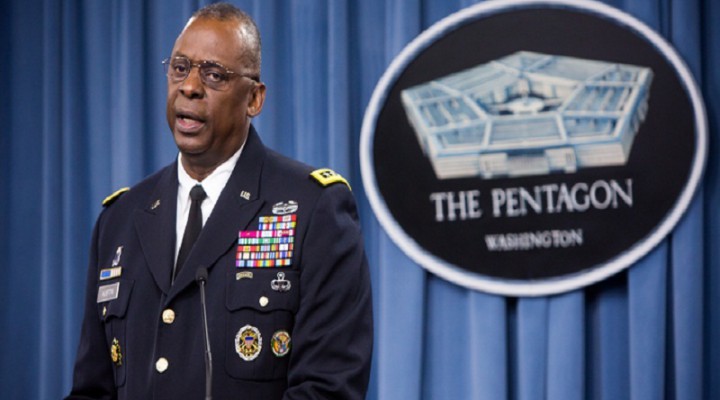Here’s What The US’ New China Task Force Must Do To Succeed

The simple solution to “winning the competition of the future” with China is for the US to stop perceiving relations in a zero-sum manner and instead embrace the paradigm shift of regarding them in a win-win cooperative manner.
US President Joe Biden revealed earlier this month during his speech at the Pentagon that the Defense Department has assembled a new task force on China. According to the American leader, recommendations will be made within the next few months “on key priorities and decision points so that we can chart a strong path forward on China-related matters.” He then added, “That’s how we’ll meet the China challenge and ensure the American people win the competition of the future.” In order for this task to succeed, however, it must arrive at a very important conclusion that’ll influence all of its forthcoming policy decisions.
The simple solution to “winning the competition of the future” with China is for the US to stop perceiving relations in a zero-sum manner and instead embrace the paradigm shift of regarding them in a win-win cooperative manner. China and the US aren’t destined to compete. Their current tensions are the result of self-interested unilateral actions undertaken by former President Trump in order to distract from domestic problems and out of desperation to cling to America’s fading unipolar hegemony. The past four years have proven that the competitive mindset is destined to fail and that a paradigm change in thought is urgently needed for everyone’s best interests.
This isn’t rhetoric either but could take tangible form in the following manner. Upon reconsidering the wisdom of the unquestionably failed paradigm of competition, the Defense Department might be inspired to realize that America’s national interests are best served through cooperation. The first example of this in practice would be respecting China’s red lines by declining to interfere in its internal affairs in Taiwan, Hong Kong, and Xinjiang. China doesn’t carry out any analogous actions against America so the US’ existing policy is purely one-sided and therefore aggressive. It’s time to reverse this negative trend in order to get relations back on track, which can only happen if the US corrects its false perception of China as a competitor and sees it as a partner.
Extrapolating on this thought exercise with the well-intended purpose of showing the way forward, the US could build upon the proposed policy by eschewing its former divide-and-rule strategy in Asia. America failed to turn India against China as proven by the recent synchronized disengagement agreement along the vast Line of Actual Control (LAC) between their two countries. So too has America failed to turn Southeast Asian nations against China through its meddling in the South China Sea. If the US still wants to “compete” with China, it can do so through economic means but only so long as this is on a fair playing field without sanctions, tariffs, and other restrictive measures. That form of competition would be to everyone’s benefit.
Along that line of thought, the US should de-securitize its understanding of technology. It’s counterproductive to perceive of technological developments in a paranoid fashion by imagining that China’s cutting-edge advances are part of a secret plot to steal information and destabilize the world. This makes its restrictions on Huawei and other Chinese tech companies ridiculous. While some nefarious actors could indeed abuse technology just like they can abuse anything else as long as they have the negative intent to do so, China as a state has no such motivations. American companies should freely compete with their Chinese counterparts in order to encourage one another to continue making rapid technological developments in humanity’s interests.
With an eye on technological and trade cooperation instead of military competition and fearmongering, the US might then decide to redeploy some of its troops from the Asia-Pacific back to the American homeland, perhaps to help with their new government’s campaign against domestic extremism. They could also be put to better use contributing to UN peacekeeping operations instead of raising regional tensions in the South China Sea. The American military might also decide to focus more on training for disaster responses, including those that are worsened by climate change, as well as responding to COVID-19 and future pandemics. With the proper paradigm change of thought, a whole new range of opportunities emerges for US and its military.
Of course, this analysis is admittedly optimistic and it’s taken for granted that not all of the proposals will be implemented, if any, but now’s the time to think outside of the box as the US officially reviews the whole gamut of its China strategy. The world of 2021 isn’t anything like it was 12 months ago, let alone four years ago when former President Trump first entered office. Everything has changed so drastically, so it follows that the US’ military strategy towards China should aso change accordingly with the circumstances. Now’s the perfect moment for the US to correct its prior mistakes and make up for lost time. The onus is entirely on President Biden, and history will judge him just like it did his predecessor depending on the fateful choices that he makes.
 TheAltWorld
TheAltWorld 
0 thoughts on “Here’s What The US’ New China Task Force Must Do To Succeed”